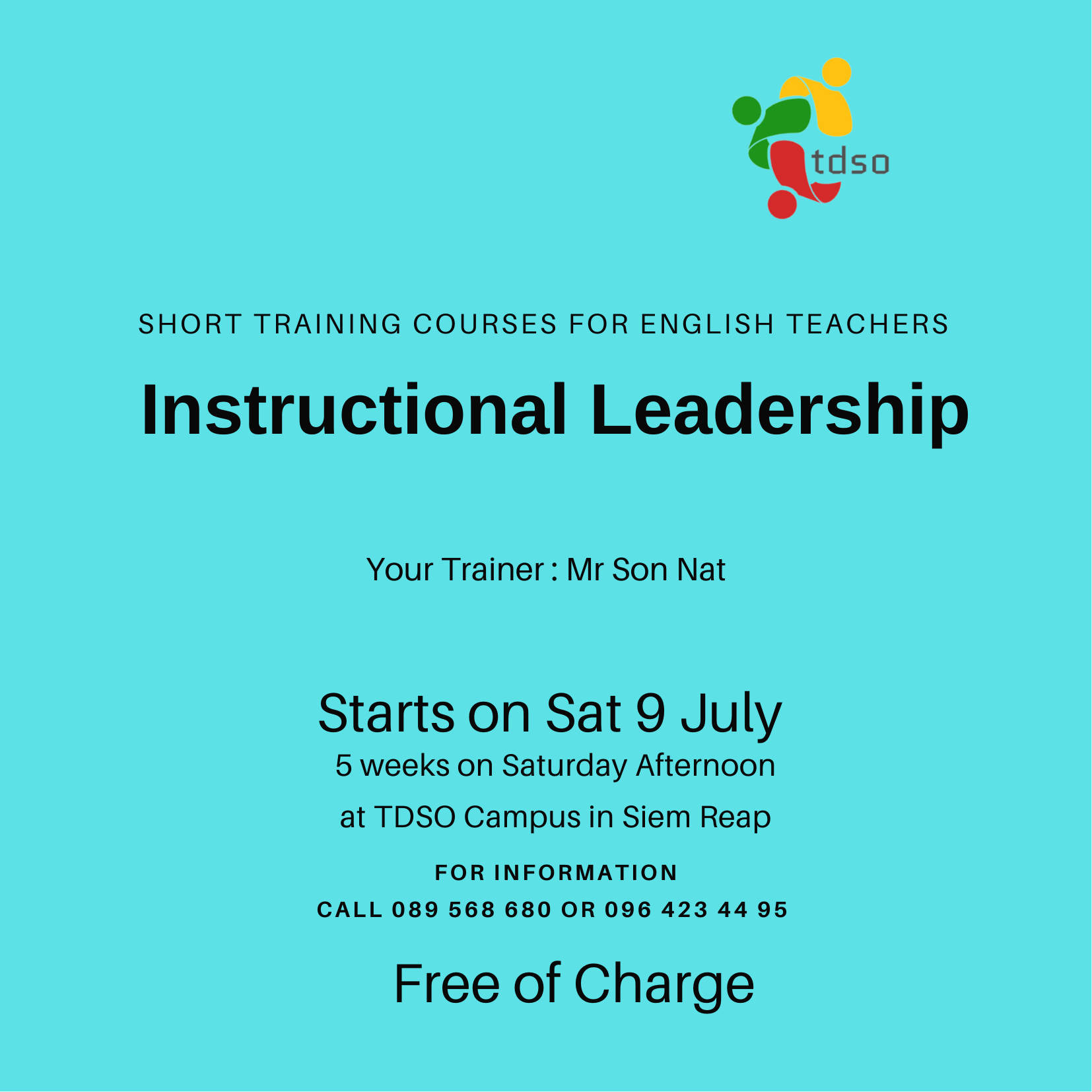
Marketing research is necessary when you need to make important decisions, if your customers are easily reachable, or if you want to add a product to your company. It's also critical to conduct this type of research if a competitor is stealing market share. But don't wait until it's too late: there are plenty of opportunities to get started on marketing research. This article will discuss the most important types.
Focus groups
The process of conducting focus groups is a valuable part of marketing research. Marketers can use focus groups to get more detailed information. It can also draw meaning out of general surveys. Focus groups are also beneficial for businesses that want to make product or service changes. However, conducting a focus group requires that you create a set agenda. Here are some tips to help you conduct a focus group that is successful:
Focus groups are a great method to learn about the mindset of your target market. Focus groups will help you understand their reactions to different communications. Because they are so tiny, focus groups may not represent the whole population statistically. Focus groups can reveal hidden information that may not be found in large surveys. Moreover, they are an affordable and effective way to get the insights you need. To conduct a successful marketing research, you need to understand your target audience and how they react to different types of marketing materials.
A focus group can include 6-10 people to discuss one topic. They are usually unknown to each other. Many companies host multiple focus groups in different locations. During meetings, the moderator makes notes and participants answer questions about products or concepts. Focus groups were initially used in World War II for the evaluation of radio programs. They are now used to assess consumer perceptions. Focus groups can be used to find out what consumers think about a product, concept, or other item.
Focus groups are a great way to get new perspectives and ideas for future improvements. Focus groups can be organized by themes, chronological order, current-future status, or other criteria. After the focus groups are over, researchers should summarize and thank all participants. These ideas can also be used by the research team. Focus groups should be intimate in order to gain meaningful insights.
Surveys
Marketers use surveys to gather primary data about their target audience in order to conduct market research. Surveys can be mailed, telephonic, or personal. Pilot surveys and pre-testing are crucial steps in the process. These surveys will allow the researcher to identify any flaws in the questionnaire. The researcher will then be able modify the survey based upon the responses. After the questionnaire has been validated, the marketing team will be able to use it for real marketing research.

Budget is another constraint on marketing research. Most department heads lack a formal system to measure the effectiveness of marketing research activities. A marketing budget that is a percentage of the total sales of the company can help to improve productivity. A more flexible approach is to set the budget based on the needs of each department. Here are some tips for budgeting marketing research activities:
Cost. Some business firms believe that the costs of conducting marketing research are prohibitive. While some problems can be addressed within a budget, comprehensive field surveys are often unaffordable. Professional management can also cause problems. Some business firms are reluctant to pay for surveys that take them to remote parts of the country. The content of a research proposal must be considered.
Case studies
Because they are easy to replicate, case studies have become a popular method of conducting marketing research. Case studies use multiple sources of evidence to make inferences. The study may be quantitative or qualitative. To increase the internal validity of a case study, you can use multiple research methods. These are just a few of the most common types:
A casestud is a real-life story that shows the customer's view and results. A case study is a description of how a product or service impacted a customer, rather than a standard marketing research report. This helps future prospects visualize how the product will benefit them. Case studies are an excellent way to demonstrate credibility. Case studies not only demonstrate the product's ability solve a specific problem but they also give the company additional credibility.
In order to prepare a case analysis, some companies might want to produce a sample product or service to market. Companies may prefer to do surveys by email while others may prefer to interact with customers via live chat. It doesn't matter what method you choose, it is crucial to make the customer experience simple. Sketch out the key interactions before you ask for their feedback. A prototype will help companies prepare for interviews.
Writing a case studies can be challenging. This includes choosing customers to feature, designing a case study format that is effective, selecting the right format and determining where the case study should be placed in your marketing strategy. Some case studies are used to sell products and services to other businesses, but most cases are used to win prospects over. A case study can be daunting because you will need to make so many decisions. It is important that sales and marketing teams work together in order to make the case study as successful as possible.
A case study could be as simple as an article. The important thing is to keep it concise and to make sure that you include a call for action at the conclusion. Customers are more likely to purchase the product or service if they have made an informed decision. If they have read a case study, they might be more inclined to consider buying the product. This is how to influence and educate customers. The success of the company hinges on the success and effectiveness of its marketing plan. Thus, it is important to have a case study that provides valuable insights and advances the sales process.
Interviews
To get the most out of an interview, prepare the questions ahead of time. You should be prepared with questions and present yourself mentally during the interview. To gain a deeper understanding, you can ask the respondent questions. This is a great opportunity to reflect. One example is asking an employee how their company handles returns from customers. To help you understand the respondent better, you can role-play.

Interviews should include questions about the product and/or service. This will increase the likelihood that the respondent will answer accurately. A face-toface interview allows for more personalization and the researcher can see the respondent's body language. Face-toface interviews are costly and time-consuming. Interviews can lead to distrust in the respondent.
Interviews are used in marketing research to get to know an individual. Interviews can be done over the phone, in person or online and usually last from 30 minutes to one hour. The discussion guides are designed to make the conversation easier. Interviewers should ask the same questions to all candidates to see patterns in their perspectives, preferences, or behaviors. There are two types: questionnaires and face-to–face interviews.
Aside from face-to-face interviews, in-depth interviews can also be conducted by telephone, though the latter is more expensive. Although in-depth interviews should be conducted face-to-face most of the time, experts can conduct interviews over the telephone. The interview style will depend on the interviewer. An interviewer who listens more than talks should build rapport and have a clear line of questioning.
An interview can produce both quantitative and qualitative data depending on the research requirements. Your data type should be matched to your interview method. Consider the type of data you're looking for and the number of respondents. Depending on your research type, you have the option of conducting interviews either online or via telephone. It is important to plan your interview questions carefully and prepare them in advance to ensure you capture as much information as possible.
FAQ
What are the steps to get cyber security certification?
The certifications in cyber security are essential for anyone working in the IT industry. The most common courses available include CompTIA Security+ (1), Microsoft Certified Solutions Associate - Security (2), and Cisco CCNA Security Certification (3). All of these courses are recognized by employers and offer a solid foundation. There are other options as well, such as Oracle Certified Professional – Java SE 7 Programmer (4), IBM Information Systems Security Foundation (5) or SANS GIAC (6).
The decision is yours. But make sure that you understand what you're doing.
What should I look for when choosing a cyber security course?
There are plenty of different types of cyber security courses available, ranging from short courses to full-time programs. How do you choose which one? Here are some things you need to keep in mind:
-
What level of certification would you like to achieve? Some courses offer certificates upon successful completion, while others provide diplomas or degrees. Although certificates are usually easier to obtain than degrees, diplomas or degrees are generally more prestigious.
-
How many weeks/months would you need to complete the course. Courses usually last around 6-12 week, but some courses can take longer.
-
Do you prefer face-to–face interaction or distance-learning? Face-to face courses are great for getting acquainted with other students but can be very expensive. Distance learning allows you the freedom to work at your pace and avoids travel costs.
-
Do you want to make a career shift or refresh your skills? For career changers, who may already be working in a different field, a brief course can help to refresh their skills and knowledge. Others might simply want to refresh their knowledge before applying for a job.
-
Is the course accredited? Accreditation means that the course is trustworthy and reliable. Accreditation also ensures that you don't waste time or money on courses that don't deliver what you want.
-
Do you offer internships or other placements as part of the course? Internships are a great way to put what you have learned in class into practice and gain real-world experience with IT professionals. Placements offer you the chance to learn from cybersecurity experts and get valuable hands-on experience.
What sets cybersecurity apart from other fields of work?
Cybersecurity is very different to other IT areas, where you may have experienced similar issues. Most businesses deal with databases and servers. It is possible that you have worked on projects that involved website design.
However, these types of projects aren't usually considered cybersecurity-based. And while you could still apply some of the principles used in web development to help you solve problems, it would probably involve more than one person.
This is why cybersecurity should be a focus. This involves learning how to analyse a problem and determine if it is caused by a vulnerability. It will also require you to be familiar with the basics cryptography and encryption. Finally, you will need to have excellent coding skills.
In order to become a cybersecurity specialist, you will need to study this area alongside your core subject. But don't forget to keep up with your core subject.
It is important to not only be able and able to process complex information but also to learn how to effectively communicate. You will need to have strong communication skills both verbally, and written.
It is important to be aware of the best practices and industry standards within your chosen career. These standards and best practices are important to ensure you don't fall behind but move forward.
Statistics
- The median annual salary of computer and information technology jobs in the US is $88,240, well above the national average of $39,810 (bls.gov).
- The top five regions contributing to the growth of IT professionals are North America, Western Europe, APJ, MEA, and Central/Eastern Europe (cee.com).
- Employment in computer and information technology occupations is projected to grow 11% from 2019 to 2029, much faster than the average for all occupations. These occupations are projected to add about 531,200 new jobs, with companies looking to fill their ranks with specialists in cloud computing, collating and management of business information, and cybersecurity (bls.gov).
- The global IoT market is expected to reach a value of USD 1,386.06 billion by 2026 from USD 761.4 billion in 2020 at a CAGR of 10.53% during the period 2021-2026 (globenewswire.com).
- The United States has the largest share of the global IT industry, accounting for 42.3% in 2020, followed by Europe (27.9%), Asia Pacific excluding Japan (APJ; 21.6%), Latin America (1.7%), and Middle East & Africa (MEA; 1.0%) (comptia.co).
- The top five countries contributing to the growth of the global IT industry are China, India, Japan, South Korea, and Germany (comptia.com).
External Links
How To
How do you start to learn cyber security
People who have been involved with computer technology since a very young age are likely to be familiar with hacking. This may be confusing for some.
Hacking is the attempt to gain unauthorised access to computers, networks, and other systems through techniques such as viruses.
Cybersecurity is now an industry. It offers methods to protect against these attacks.
How hackers work can help you understand how to be safe online. This information will help you to get more educated about cybercrime.
What is Cyber Security?
Cyber security is protecting computers from outside threats. Hackers could gain access to your files, money, and other sensitive information.
There are two types in cybersecurity: Computer Forensics, and Computer Incident Response Teams.
Computer forensics involves the analysis of a computer in response to a cyber attack. It is performed by experts who look for evidence that could lead them to the culprit. Computers are analyzed for signs of tampering or damage caused by malware or viruses.
CIRT, the second type in cybersecurity, is also available. Computer incidents can be handled together by CIRT groups. They use their expertise to stop attackers before they do significant harm.